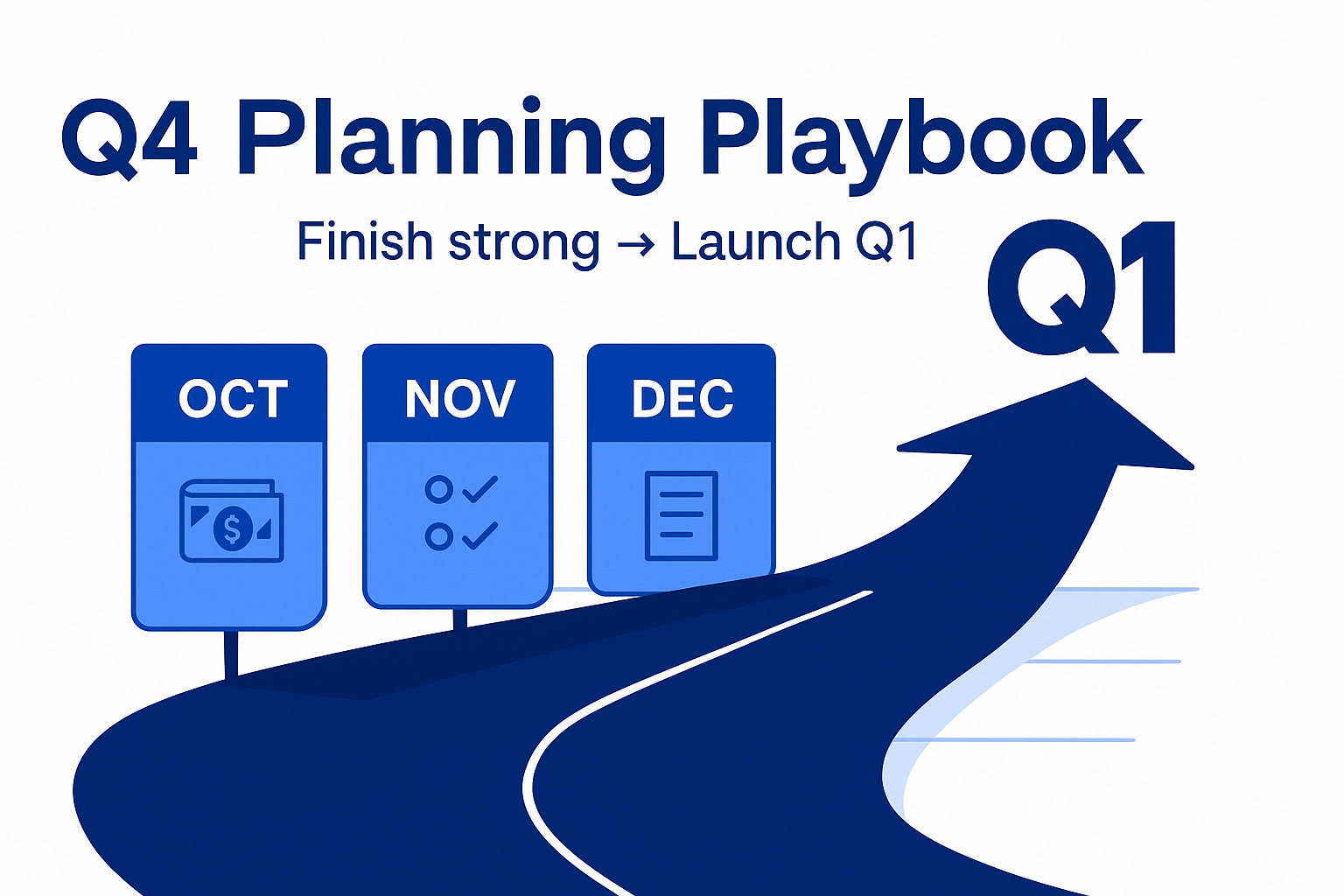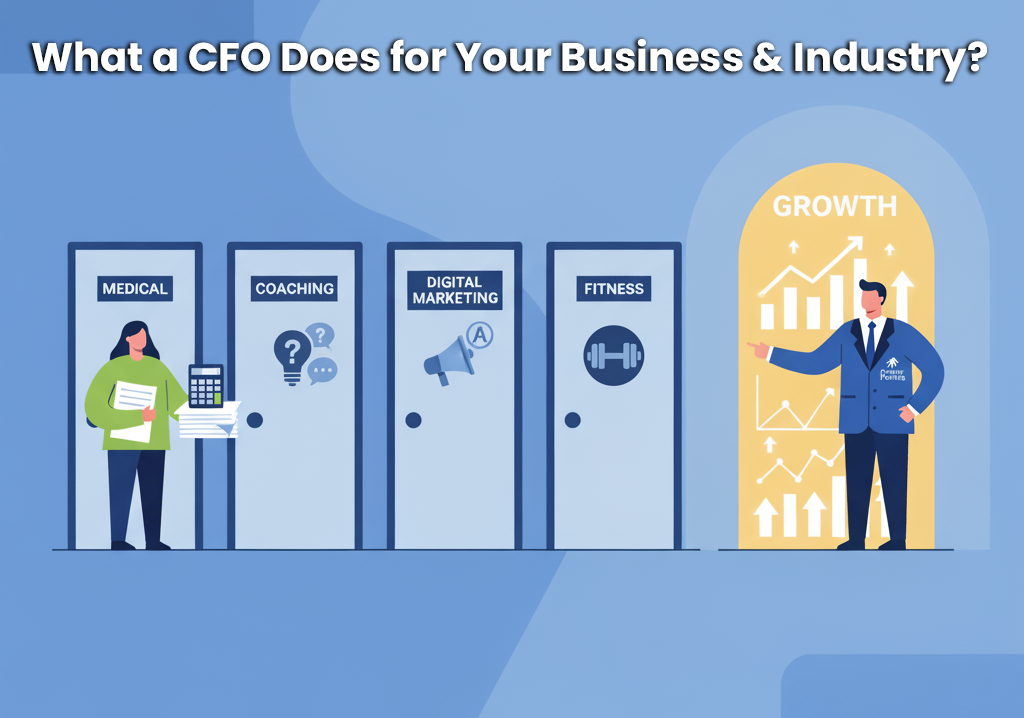
Profits are often considered the pinnacle of business success. After all, what would a business be without profits? Despite this fact, it’s surprising how many business owners fail to calculate their profit accurately. You might think that your business is profitable simply because you’re not spending more than you’re bringing in. But the truth is, there’s a lot more to it than that.
It’s not that business owners don’t care about their bottom line; there are simply too many moving parts in any given month for them to keep track of every cent that flows into and out of the company.
If you’re reading this article, I’m sure you’ve heard the term ‘profit’ thrown around before. But do you know precisely how True Profit is calculated? This article explores what actual profit is and why it’s so crucial for CEOs and business owners to understand it, so they can avoid the potholes down the road.
WHY IT’S IMPORTANT TO MEASURE TRUE PROFIT
Measuring your True Profit is critical for good business decision-making, but it’s even more essential when establishing the true value of your business.
When done right, it will give business owners accurate insights into real-time intel and the transparency needed to optimize a business strategically, predictably, and sustainably.
It’s also the metric that investors look at when deciding to buy your business and lend you money, so this metric must reflect an accurate story of your business.
Lenders or buyers will scrutinize the balance sheet to ensure that the value derived is true. For example, if you take a bunch of expenses and treat them as assets, you will falsely drive up the business value.
Calculating your True Profit accurately sets the best foundation to optimize your business performance over time.
THE RISKS IN INFLATING YOUR BUSINESS VALUE
Without calculating actual profit, a business cannot function as optimally as it should.
Business owners rely on accurate internal financial reports for sound decision-making. CEOs cannot make the right fulfillment or acquisition decisions or coach and consult investments off fleeting financial metrics. More importantly, when the day comes to prepare to sell your business ( … as you never know when this might be…), there is a significant risk of falsely inflating your business value.
While inflating your business value might not be intentional, investors who scrutinize your balance sheet will very quickly discover the lurking skeletons… that will not only kill the deal on the table but leave you with a less-reputable reputation.
WHY IS PROFIT CALCULATED INACCURATELY?
Unfortunately, many online business owners and entrepreneurs do not understand their metrics, neither do they know how to calculate True Profit.
Many rely solely on a bookkeeper to do their books, who aren’t trained or understand the effects inaccurate categorization has on Net Profit.
We’ve also seen many business owners do not truly grasp how they’re generating profits. Calculating and understanding how to measure actual profit is more important than you know, so below, we deep-dive into what you should be looking for to avoid the profit potholes.
HOW TO IDENTIFY TRUE PROFIT
Accounting Lesson 101
Equation 1: Income – Expenses = Profit
When we calculate profit, we look at all the income, and we remove all the expenses. Therefore, we look at all the money coming in and going out, which gives us our profit.
This measures profitability over time.
Equation 2: Owners Equity= Assets – Liabilities
Assets are all the things we own; Liabilities are what we owe, and equity is our Net Value. We find these on the balance sheet. This will measure the business’s net value.
WHERE IT GOES WRONG WHEN CALCULATING TRUE PROFIT
Business owners ( and their bookkeepers) treat expenses from equation 1 as Assets from Equation 2.
Let’s look at two common mistakes business owners make when calculating profit:
“I invested in a coach of $100 000 that’s not an expense; that’s an Asset”? and “I only pay myself $40 000 per year because that’s all the IRS says I need, and the rest is factored into distributions under Equity.”
If this sounds like you, then read below on how best to calculate actual profit.
HOW CLEVERPROFITS MEASURE TRUE PROFIT
The first step is to Identity the profitable model. Here is what we use at CleverProfits ( and at the end of the article, we encourage you to watch the video, where Adam runs through this in more detail)
- Income
- Client Acquisition
- Fulfillment
- Overheads
Pre-Tax Profit
(Less Taxes)
Net Profit
THE POTHOLES WE SEE THAT YOU SHOULD AVOID
It is critical to factor in Owners Pay. If you want to fulfill anything, it takes work, and so as a business owner, you need to factor in your work. Are you factoring in all the Owner’s expenses?
HOW CAN BUSINESS OWNERS DO BETTER?
- TAKE ACTION
It’s time to take ownership of your financial metrics. You need to work through your historical data, build a robust financial system, create a customized strategic financial roadmap. This will give you a holistic and whole picture of your business.
NITE: At clever profits, our TPA program does just that. The Profit Accelerator is designed to help online entrepreneurs scale their business sustainably and predictably through customized & robust financial strategies. Learn More here: https://cleverprofits.com/services
2. SCRUTINIZE YOUR BALANCE SHEET
Make sure to have the right items recorded in the right place on your balance sheet and income statement. As per the above, this will give an accurate reflection of profitability and your business’s value.
3. REGULAR REPORTING
Ensure you have access to monthly reporting on your business’s key areas, which will give you the insight you need to make better decisions. You must have access to regular and accurate reports to help break down your financial metrics.
Head to the CleverProfits Youtube channel to watch more about how to calculate True Profit
The Clever Writing Team
The CleverProfits writing team includes various team members in Advisory, Financial Strategy, Tax, and Leadership. Our goal is to provide relevant and easy-to-understand financial content to help founders and business leaders reach their true potential.






